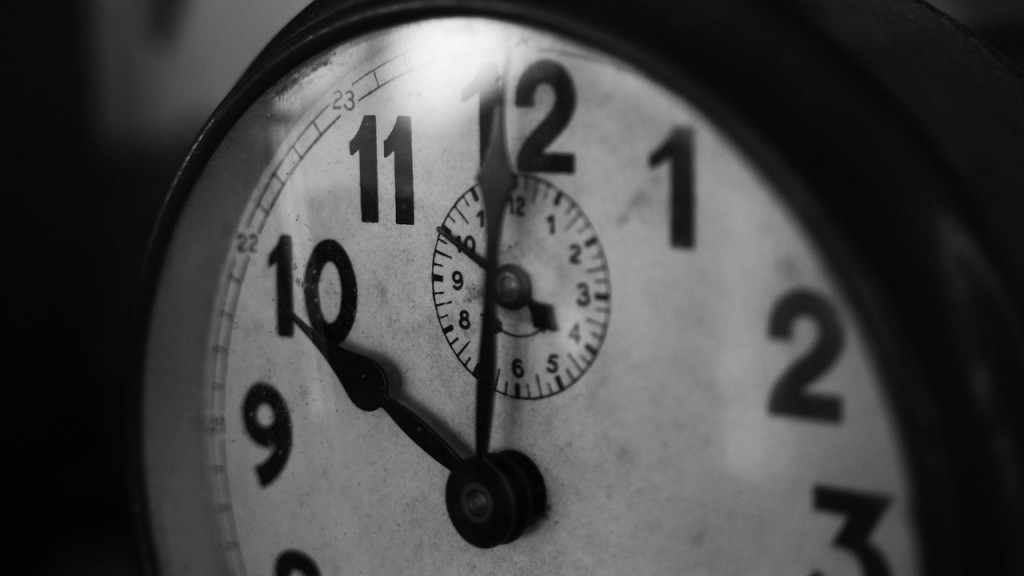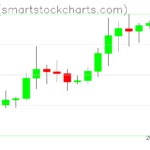The Zen of Trading Time Frames
The Zen of Trading Time Frames
 Are you guilty of checking your long term investments like your 401K and IRA accounts every single day even though you’re under 59 and you cannot touch this money for many years to come? Maybe even multiple times a day? If so, what you’re doing is analogous to someone who is checking his/her GPS every few miles on a 1000+ mile road trip. Monitoring and checking on your investments on a time interval that is an appropriate fraction of your time frame is crucial to keeping your mental resources sharp, especially when problems or opportunities arise in the future.
Are you guilty of checking your long term investments like your 401K and IRA accounts every single day even though you’re under 59 and you cannot touch this money for many years to come? Maybe even multiple times a day? If so, what you’re doing is analogous to someone who is checking his/her GPS every few miles on a 1000+ mile road trip. Monitoring and checking on your investments on a time interval that is an appropriate fraction of your time frame is crucial to keeping your mental resources sharp, especially when problems or opportunities arise in the future.
Definition of Trading Time Frames
Your trading time frame is simply a rough estimate of the length of time you intend to hold your average trade. Over your trading career, you’ll likely make countless trades so don’t confuse this with “Time Horizon” which is a term Financial Advisors use for the amount of time you have to invest before you need the money available for, say, retirement, a kid’s college education, a big vacation, etc. For example, you might use a swing trading strategy to generate income to pay for a nice vacation coming up in a year by swing trading stocks for an average of 1 month each; your time horizon is 1 year and your time frame is 1 month.
By the way, you may have heard of terms like “investor”, “day trader”, “swing trader”, etc; this merely identifies the type of trader by his/her time frame. Also, I might sometimes use the word “trader” and “investor” interchangeably on this site but keep in mind that an investor is merely a trader with a long time frame (usually over a year.)
Why is setting a time frame so important?
In theory, it’s possible to trade without defining your time frame. But it’s very difficult execute a disciplined trading strategy this way. I like to use the analogy of comparing trading to a musical piece. A song has a defined length and a tempo (beats per minute.) Although it’s possible to have music without any tempo, it’s very difficult to pull that off successfully. Similarly, your trading time frame is analogous to the music’s tempo and your time horizon is like the length of the song.
Your time frame determines what resolution of a chart you should look at for your trading signals and to make decisions. It makes no sense to stare at 1 hour charts of an index ETF that you plan to hold for 20 years. Similarly, looking at a weekly chart of a stock that you plan to swing trade for about a month isn’t going to give you the most meaningful signals either. As a rule of thumb, you’ll want to look at charts with a resolution or time scale that is roughly 2 orders of magnitude lower than your time frame. The table in the next section will summarize this for you in a more visual manner. Your chart resolution (i.e. daily, weekly, hourly, etc.) is also roughly the amount of time (within an order of magnitude) that you should wait before checking your portfolio’s performance.
To Summarize
| Your Time Frame | Appropriate chart time scale and interval for checking your performance | Common nickname for traders in this time frame |
| Decades | Monthly | Long-Term Investors |
| Years | Weekly | Investors |
| Months | Daily | Position Traders |
| Weeks | Hourly | Swing Traders |
| Days | 10-15 Minutes | Swing Traders |
| Hours | 1-5 Minutes | Day Traders |
| Minutes | Ticks | Day Traders |
| Seconds | Ticks | Scalpers |
| Milliseconds | Ticks | High Frequency Traders (HFT) |
Like determining how much you’re willing to risk, defining your time frame is one of the most important decisions you’ll make as a trader but it by itself won’t help you make a ton of money. Nevertheless, picking a time frame you’re comfortable with will make it so much easier to bring discipline and coherency to your trading which are necessary ingredients for success in this endeavor.



